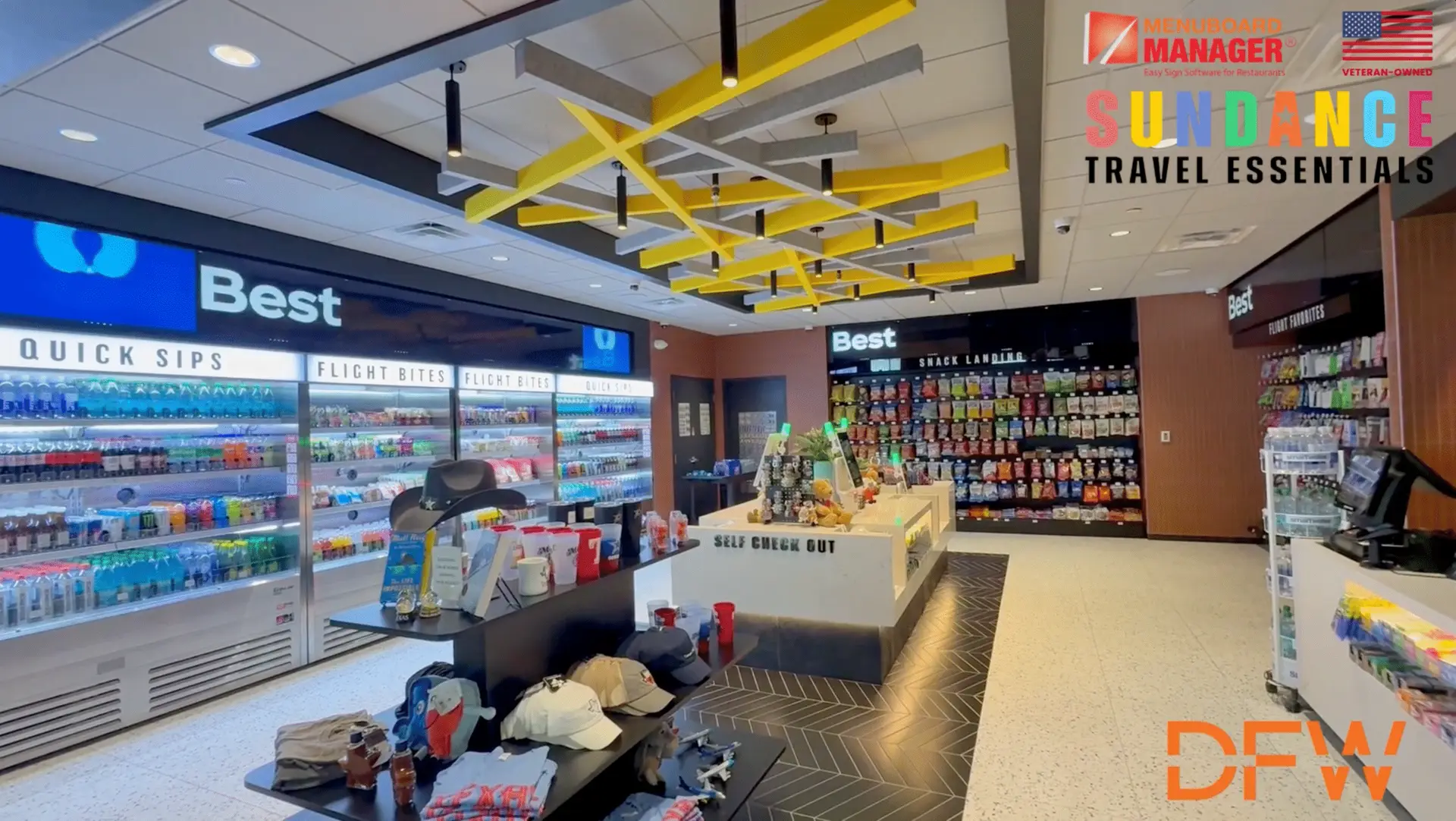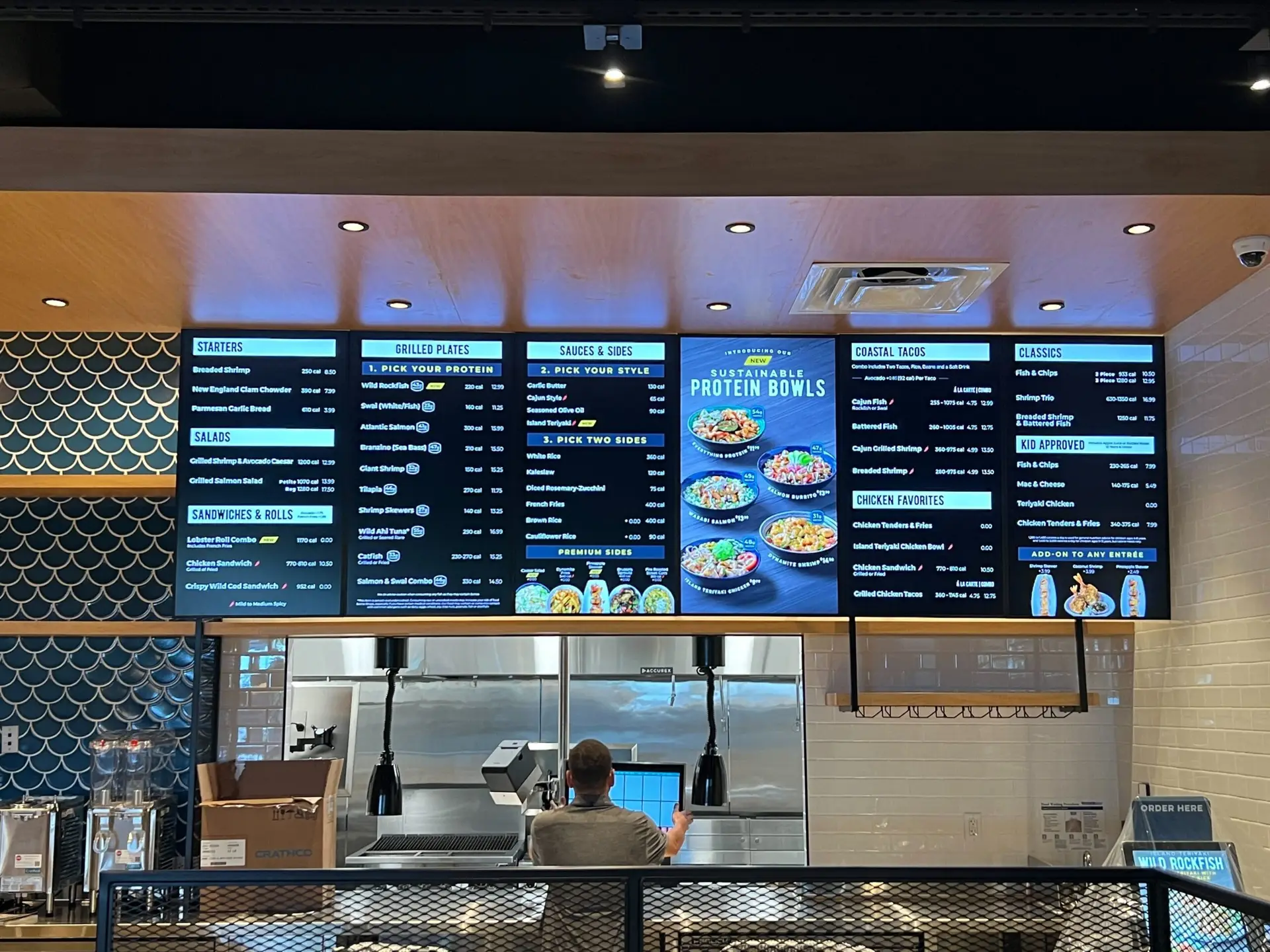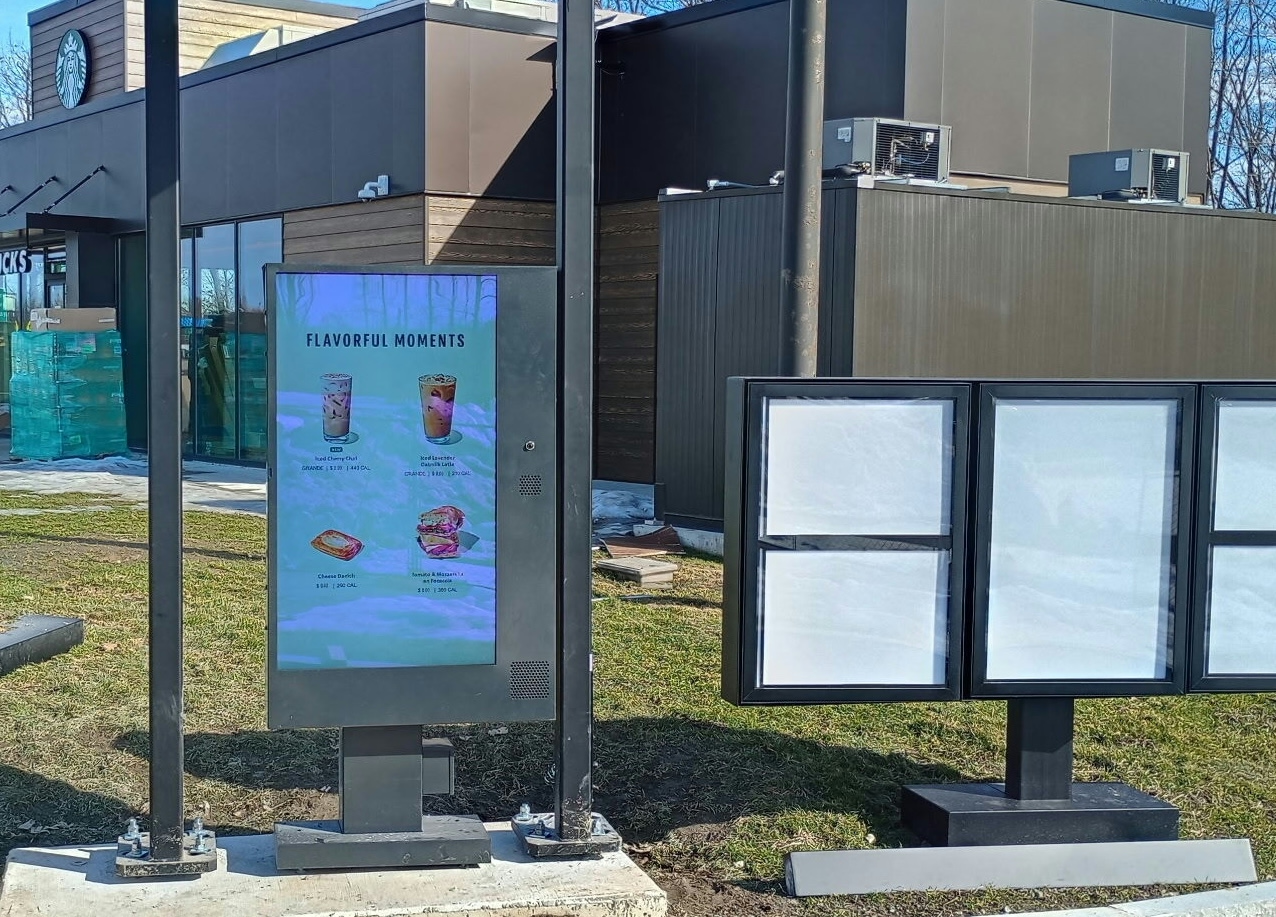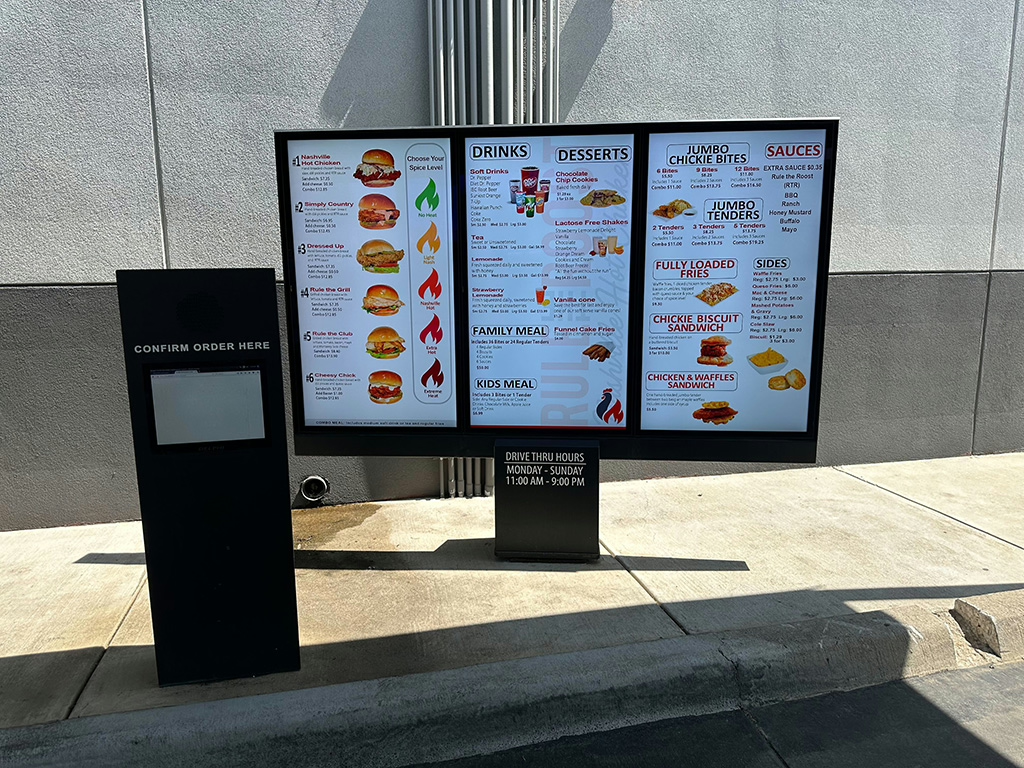
Digital menu boards are revolutionizing how Quick Service Restaurants (QSRs) operate, particularly facilitated by advancements in technology. These digital signage services are offering an ideal platform for QSRs such as McDonald’s and Burger King to enhance the customer experience via seamless integration with artificial intelligence (AI), QR codes, and touchless interaction technology. This technology advancement is promoting personalized orders and contactless interaction in the post-Covid world, highlighting the responsiveness of QSRs to current societal needs.
On another note, these digital menu boards facilitate a shift to dynamic pricing, a model echoed in ride-hailing services. Prices can change based on demand, time, or season, allowing QSRs to keep up with market trends. Such a dynamic approach to pricing, coupled with real-time data updates and instant modification of menu items, enables restaurants to adapt swiftly to changes. This flexibility wasn’t plausible with traditional boards, solidifying the role digital menu boards play in modernization.
Consequently, there is increased customer engagement through cross-selling and up-selling. Various QSRs have noted increased sales; for instance, Taco Bell registered a 20% increase in digital sales, attributable to interactive menu boards.
Moreover, these boards illustrate commendable ecological consciousness by significantly reducing the paper demand, typical of traditional menus. This environmentally friendly approach makes digital menu boards a sustainable option for the future.
Furthermore, the potential of digital boards is set to rise with the increasing adoption of 5G technology. As 5G offers increased speed and reliability, it means better functionality for digital boards, a trend that is expected to continue growing.
In summary, digital menu boards have become an indispensable tool in QSRs, providing multiple benefits that include dynamic pricing, enhanced customer interaction, real-time updates, and environmental sustainability. Their potential for future growth is evident with emerging technologies like AI and 5G.







